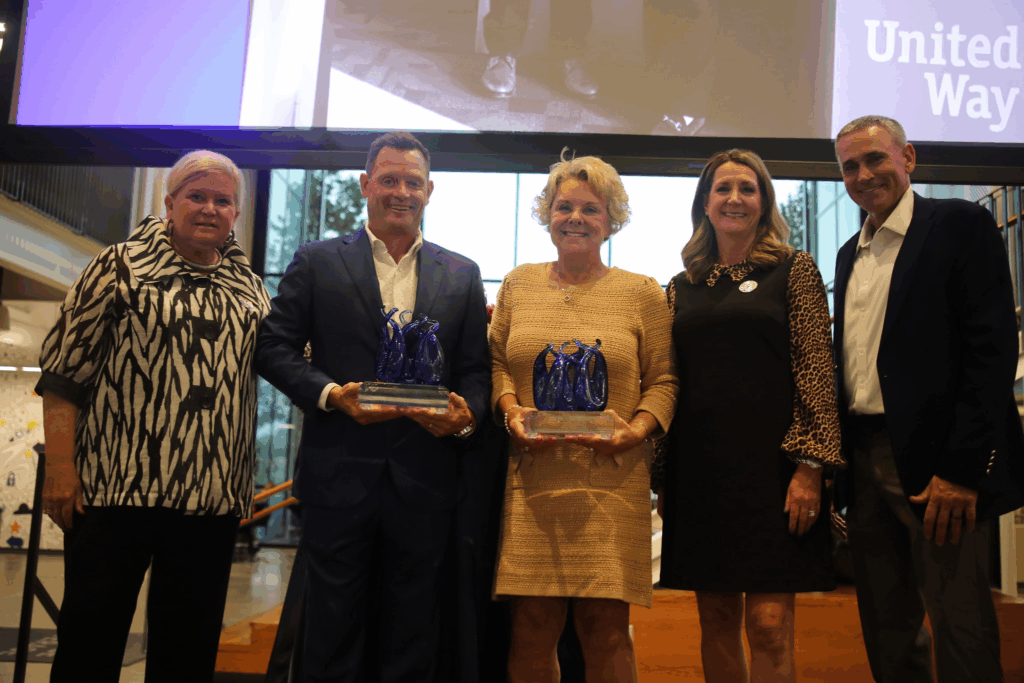Be inspired by da Vinci

Sometimes we seek the inspiration of our younger years, and sometimes we are fortunate when it shows up on our doorstep. That was my good fortune when the Leonardo da Vinci exhibit was secured by the Science Center of Iowa. The exhibit had been on display only in New York, Miami and Los Angeles. So it is really a coup for Des Moines and an honor for Kemin Industries Inc. to be the premier sponsor.
Leonardo lived in the 1400s and 1500s, but we continue to be amazed at his brilliance and his incredible ability to span so many fields of science and art. He had what we call today a “multifaceted approach” to his work and his life. We can learn much from Leonardo because in business we must use that approach every day to solve problems and search for innovation.
I have admired Leonardo since I was a child, and I’ve found inspiration in the knowledge that one person could imagine, create and invent so many things so incredibly well. In my home, I have a replica of a da Vinci helicopter – a machine imagined by Leonardo that could only be created hundreds of years after his death when technology finally caught up with his dream.
Leonardo’s genius was no accident. Author Michael Gelb, in the book “How to Think Like Leonardo da Vinci: Seven Steps to Genius Every Day,” suggests that seven principles guided Leonardo, and that they can be applied to what we do at work and home. I passed out copies of Gelb’s book to colleagues a couple of years ago, because I thought its message was important to the way we approach our work.
The core principle is curiosity, an insatiable inquisitiveness about ourselves and the things around us and a never-ending hunger for continual learning. Gelb also identifies these other principles:
• Demonstration – a commitment to test knowledge.
• Feeling – the gut-level sense of what is the right thing to do in an experimental area.
• Gradient – a willingness to embrace ambiguity and cherish it.
• Art/Science – developing a balance between art and science. I think too often today we don’t explore and embrace the powerful connection between the two.
• Corporality – the cultivation of fitness and poise.
• Connection – the realization of and appreciation for the connectedness of all things.
We may never paint a “Mona Lisa” or design a machine hundreds of years before its time, but from Leonardo we can learn something much more important. Life is exciting, and every day gives us a chance to do so many different things: test a new idea or search for a new way to solve a problem, or, on a more personal level, extend a hand to an employee or business leader and encourage them to explore and take risks.
Please take the opportunity to see the Leonardo da Vinci exhibit and marvel at his art and his inventions and then … imagine. The world needs our collective creativity.
Chris Nelson is the president and CEO of Kemin Industries Inc. The Leonardo da Vinci exhibit will be in Des Moines through Jan. 16, 2011.











